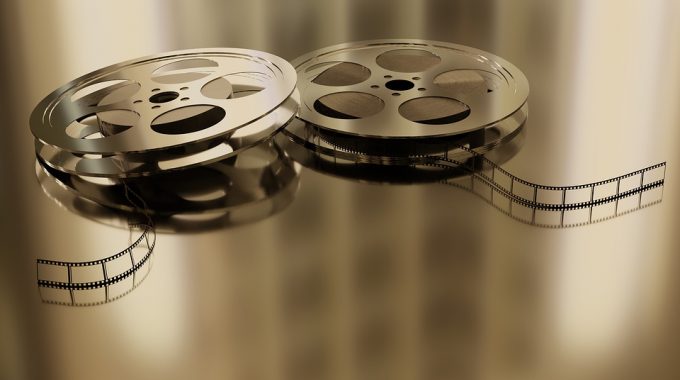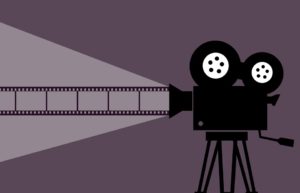“This is not to suggest that the screenwriter has to be a sound engineer, cinematographer, set designer, or electrician any more than a director or leading actor, but a screenwriter must know how the various arts of cinema can be utilized to give the impression of reality on film to what was originally born in the head.”
– David Howard & Edward Mabley
The cinema industry involves several people and the various art forms. Today, we shall discover some principal arts of the cinema industry.
Principal Arts of Cinema
1. Cinematography

Generally, cinematography is concerned with all the visuals you see on the screen. The cinematographer is the person who is responsible for what the camera captures and how it does so. The cinematographer usually works closely with the director and the descriptions of locations in the script will act as the foundation of the work of the cinematographer.
What Are the Choices That the Cinematographer Usually Makes?
- Shot Composition: The shot composition deals with the manner the various elements of the picture seen on the screen are arranged in relation to each other. Let me give you a simple example: a blue vase placed in front of a red wall will stand out while one set on a lawn will be more camouflaged. Therefore, through such choices, the cinematographer can guide what the viewers see by guiding their attention to a specific aspect of the visuals on the screen.
- Framing: Framing refers to the distance between the edges of the picture and the contents of the picture. It includes the amount of space between a figure and the edge of the screen. For example, there is the “too small”, “too tight” or “preferred framing.”
- Shot Size: The shot size relates to how much of a person or an object can fill a shot. Videos have the unique ability to have close-ups of actors, one element which usually cannot be found in a theatre. As a result, viewers of a video might for example, see the tears welling up in the eyes of a character, a detail which normally would be missed by the audience of a play. This is why the director will often ask for a specific shot size to suit the quality of any specific moment and then the screenwriter can include the shot sizes in the script but this must be done sparingly.
- Camera Movement: A camera can remain stationary and if placed on a tripod, the visuals will be stable. However, a handheld camera creates a slightly shaky effect (for example, handheld cameras were used effectively in The Blair Witch Project so as to give the impression that the film was shot by amateur students).There are some simple camera movements: the pan, a horizontal movement to the left or the right, the tilt, a vertical movement up or down, the zoom, changing the shot size without moving the camera closer or away from the subject. But for bigger and more fluid movements, the cameras can also be mounted on tracks or cranes.
- Camera Angle: The camera can be placed at eye level. The image seen is then similar to how you see the world. But for a low angle, the camera is positioned lower than the subject. On the other hand, the camera is placed higher than its subject and tilts down to see its subject when creating a high-angle shot.
2. Music

We can all understand the importance of music in a movie. It can help to set the mood and feeling of a scene. For example, a piece of fast-paced music will effectively support an action scene, while a softer piece is better suited for a romantic setting. Think of a thriller you have seen. Music plays a crucial role in creating that suspense and of course, the sound engineer is responsible for all these types of choices while working closely with the director and editors.
If you liked this article, share your comments and don’t forget to come back for part 2!




